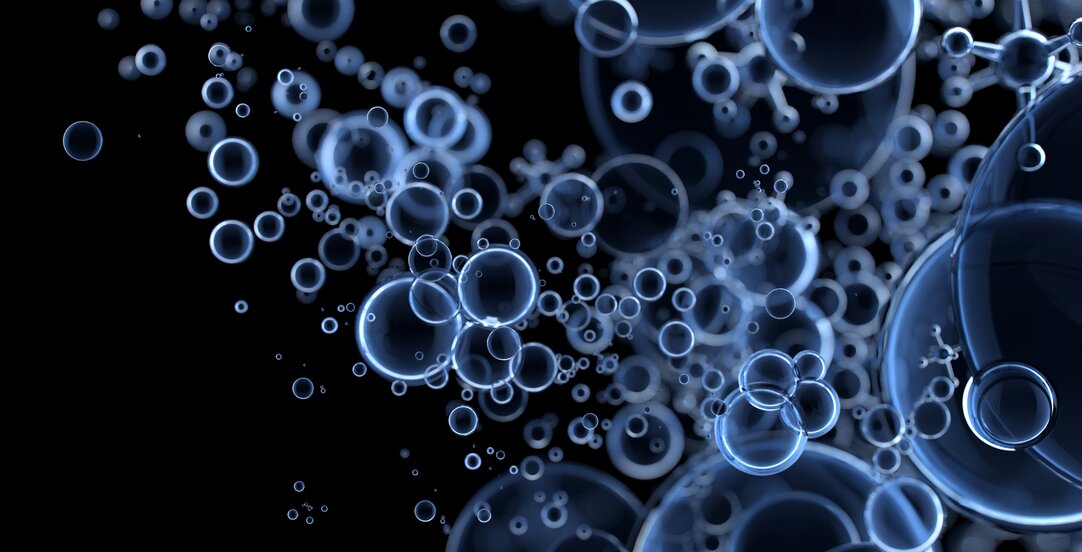How does the EU Taxonomy regulate hydrogen?

In order to meet the EU’s climate and energy targets for 2030, and reach the objectives of the European Green Deal, the EU deemed it vital to direct investments toward sustainable projects and activities. To achieve this, the Commission needed a common language and clear definition of “sustainable” – they in turn created a common classification system for sustainable economic activities, or an “EU Taxonomy”.
Lesetid 3 minutter
The Taxonomy Regulation entered into force 12 July 2020, and established the basis for the EU Taxonomy by setting out three overarching conditions an economic activity has to meet in order to qualify as environmentally sustainable. These include the “substantial contribution” and “do no significant harm” criteria. Under the Taxonomy Regulation, the Commission also needed to produce a list of environmentally sustainable activities by defining technical screening criteria for each environmental objective through delegated acts.
The Commission makes it clear that “there is no obligation on companies to be Taxonomy-aligned, and investors are also free to choose what to invest in.” However, many finance market participants looking for green and sustainable investments will rely on the taxonomy; in addition, rules and criteria used by the EU taxonomy will likely spread into other areas of EU law, such as state aid and guarantees of origin.
The Delegated Act: Criteria for Sustainable Hydrogen Activities
The Commission approved its first delegated act on sustainable activities for climate change adaptation and mitigation objectives on 21 April 2021. The Delegated Act, also called the “Climate Delegated Act” (“DA”), will enter into force at the end of the scrutiny period of co-legislators (four months that can be extended by another two months), and it will apply from 1 January 2022.
The DA specifically addresses hydrogen, setting out greenhouse gas thresholds relating to hydrogen production and other criteria for other hydrogen-related activities. The criteria supports hydrogen’s use as an energy carrier, storage solution, fuel, or feedstock. Notably, the criteria for manufacturing hydrogen are set at a level considered sufficient to ensure a substantial contribution to climate change mitigation, favoring the production of hydrogen from renewable sources.
The most important criteria largely include the following:
The greenhouse gas emissions threshold (under substantial contribution criteria for climate change mitigation) for hydrogen production has been set at 73.4%, resulting in GHG emissions lower than 3tCO2/tH2 (total carbon dioxide per total hydrogen) on a lifecycle basis. This threshold seems to favor green hydrogen, however it may also show that carbon-efficient blue hydrogen (which uses carbon capture and storage) and turquoise hydrogen (which releases solid carbon) can qualify as taxonomy-aligned.
The production of hydrogen-based fuels (e.g. ammonia) is included as an eligible activity. The DA requires that the GHG emissions savings be calculated using the methodology of the international standard ISO 14067:2018 or ISO 14064-1:2018, or alternatively, the methodology that the Commission must adopt under Article 28(5) of the Renewable Energy Directive (“RED II”), i.e., the methodology for assessing GHG emissions savings from renewable liquid and gaseous transport fuels of non-biological origin.
The manufacturing of all machines that can produce hydrogen in a taxonomy-aligned way is included as an enabling activity, and will automatically qualify as an activity meeting the substantial contribution test. This means that the production of blue or turquoise hydrogen machines could qualify as taxonomy-aligned.
The Delegated Regulation within the Broader EU Hydrogen Strategy
Today’s Taxonomy criteria remains in line with the EU Hydrogen Strategy and encourages the production and use of hydrogen in accordance with the European Green Deal goals. While the European Commission must still adopt detailed rules on what should be defined as renewable (green) and low-carbon (blue) hydrogen, the Delegated Regulation sets a base standard for the sustainable production of hydrogen.
